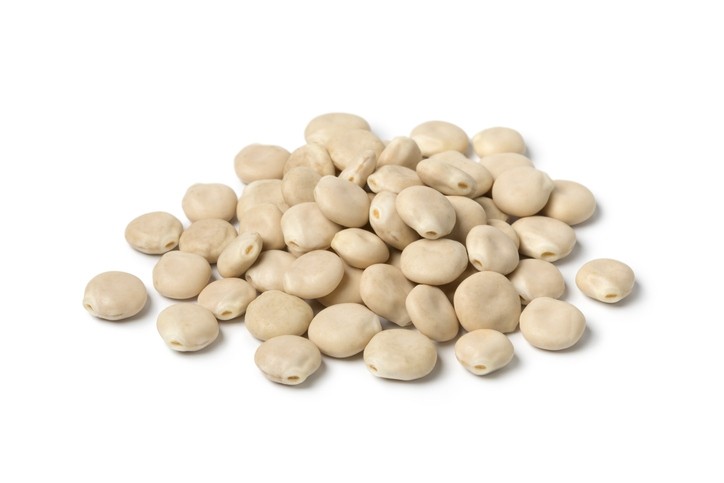Ingredient firm on lupin beans: "It’s our #1 opportunity at the moment"

Lupini beans or lupins are legumes that are popular across the Middle East, Europe and throughout Mediterranean countries.
Because of their abundant amino acid profile, lupins can be used as a meat substitute. Between their high protein and fiber content, and low amount of carbs, lupins make an excellent plant-based protein option.
While most of North America hasn’t caught on yet, manufacturers like CK Ingredients are working to make them more accessible—and commonplace.
The ingredient firm offers LuPro Lupin, an item that has become one of the company’s top sellers. But the success didn’t happen over night.
“CK has been devoted to growing this market for six years now. Innovation takes time to launch and needs to be adaptable to be a solution to consumers’ problems that are hard to articulate in the early days,” explained Michael Chernyak, president of CK Ingredients. "It’s our #1 opportunity at the moment."
The ingredient is pretty versatile, finding its way into everything from bakery products to snack bars to plant-based meat and smoothie mixes, just to name a few.
So what’s holding the bean back?
“It’s general lack of awareness, as well as a relation to the peanut family (allergen),” said Chernyak. “Until recently, no raw material supplier has taken on a pioneering effort—we’re now doing that and awareness/interest is growing rapidly. ‘Free from’ companies are taking a pass for the moment, however, we have a very large number of projects with food companies who are fine with the peanut association.”
That aside, Colleen Madden, VP of Innovation at CK Ingredients, said that beans simply lack sex appeal.
“Frankly, (unfortunately) beans are one of the least sexy foods. (Magical fruit, anyone?) This is changing, but the change is slow,” noted Madden.
“I find that people are psychologically a little surprised just to find out that there is a bean they didn’t know about. I was experimenting with adzuki beans from Japan and fava beans from Persian cuisine 20 years ago, but I just learned about lupin beans just six years ago from Michael and yes, I was a little stunned. How did this exist (and thrive in Europe and Australia) without me knowing about it? And lupin also has many odd characteristics (nutritional, antipasto platter inclusion capabilities, history, color, texture, etc.) that make it a bit hard to get to know,” said Madden.
Keto-friendly
As more customers ‘get to know’ lupin, they seem to like it, especially the keto crowd.
“It’s trending because it’s the only keto bean in existence, and keto is still a strong trend in the market. Furthermore, it’s a low-cost substitute for almond flour, with the latter being a go-to ingredient in the keto space. Folks are also looking for innovations in the space—what’s next? Lupin ticks a lot of boxes – we see it being a genuine superfood,” said Chernyak. “We are getting to a point where we can articulate consumers’ desires for front of pack claims/verbiage like Plant Based Protein, High in Protein, High in Fiber, KETO, Low Net Carb, Diabetic Friendly, Low Glycemic Index, Sustainable, Superfood. Lupin is, by every measure I can think of, the healthiest of all beans.”
‘Savior from starch’
“Lupin can be our savior from starch in formulations making us healthier,” said Chernyak.
“I like to refer to LuPro Lupin as the ‘rebel bean’ as I see it as a freak of the bean world. We all know that beans are high in protein. They all have a lot of starch, which is fine, but not good if you are interested in watching your net carbs. Now that we are in a ‘net carb aware’ state of nutrition, it is fascinating that Lupin has no starch: 40% protein, 30% fiber, 10% fat, 10% moisture, ~4% natural sugars, plus ash (minerals)—no starch,” noted Madden.
Don’t get it twisted
While some may be quick to call lupin the next pea protein, Chernyak said not so fast.
“It’s not an apples-to-apples comparison. We’re not trying to corner the plant protein market—we simply aim to have a place in the market. We believe that lupin bean will co-exist with pea protein and other plant protein sources – that they will be used in combination, to assist food developers in meeting nutritional/formulation targets,” said Chernyak.
MarketWatch forecasts the worldwide lupin protein market will rise 5.4% CAGR between 2020 and 2030.
















